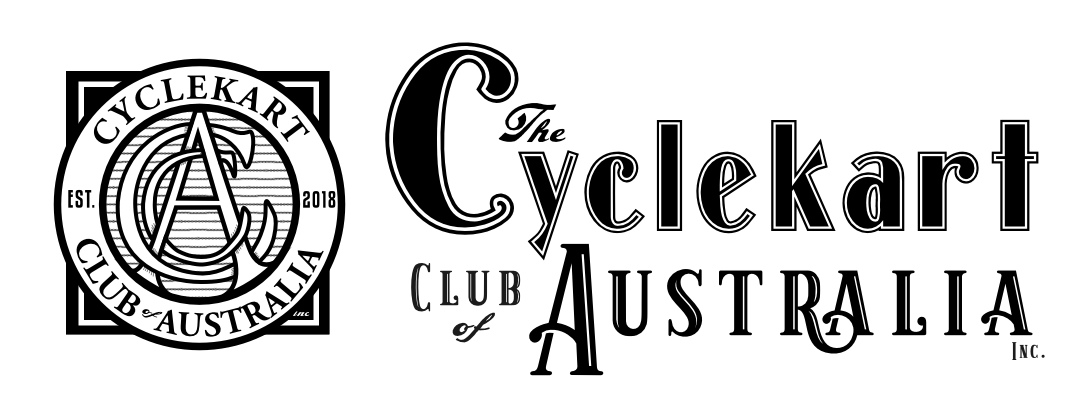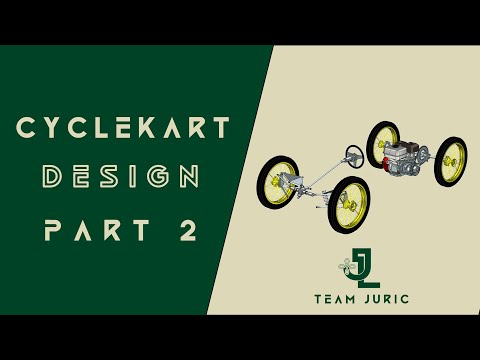Team Juric Lotus 25 Cyclekart Design Part 2
Welcome back to Part 2 of the Team Juric Lotus 25 Cyclekart design series.
In Part 1 we looked at
- Rule and Intent
- Layout and Architecture
In this video, we will be looking specifically at:
Dynamics
• Ride and roll rates explanation.
• Rear axle
• Front axle
• Ride and roll rates.
• Load cases
Powertrain
• Engine and transmission
• Final drive and chain
We will be expanding our knowledge on how to get to baseline ride and roll rates.
Explanation of roll centres, jacking, roll gradients, roll stiffness, LLTD and ride frequencies.
Specific details of the geometric location of rear axle and calculation of rear axle stiffness.
Front outboard geometry set out and calculation of steering effort.
Dynamic camber rates.
Front rockers, motion ratios calculation, wheel rate calculation.
Ride and roll rate calculation using actual parameters determined for the cycle kart. First pass using benchmark targets and then a pivot toward minimizing corner entry understeer from the locked rear axle.
Load case generation to ensure that the parts we design will not fail
A brief look at the engine and transmission, we cover the basics on the GX200 and Comet TAV2-30 CVT.
We calculate the gear ratios and chain pitch we want to run to keep the speeds low and the rear end compact.
We hope you enjoy!
In Part 1 we looked at
- Rule and Intent
- Layout and Architecture
In this video, we will be looking specifically at:
Dynamics
• Ride and roll rates explanation.
• Rear axle
• Front axle
• Ride and roll rates.
• Load cases
Powertrain
• Engine and transmission
• Final drive and chain
We will be expanding our knowledge on how to get to baseline ride and roll rates.
Explanation of roll centres, jacking, roll gradients, roll stiffness, LLTD and ride frequencies.
Specific details of the geometric location of rear axle and calculation of rear axle stiffness.
Front outboard geometry set out and calculation of steering effort.
Dynamic camber rates.
Front rockers, motion ratios calculation, wheel rate calculation.
Ride and roll rate calculation using actual parameters determined for the cycle kart. First pass using benchmark targets and then a pivot toward minimizing corner entry understeer from the locked rear axle.
Load case generation to ensure that the parts we design will not fail
A brief look at the engine and transmission, we cover the basics on the GX200 and Comet TAV2-30 CVT.
We calculate the gear ratios and chain pitch we want to run to keep the speeds low and the rear end compact.
We hope you enjoy!
People In This Video
No users are tagged in this video






